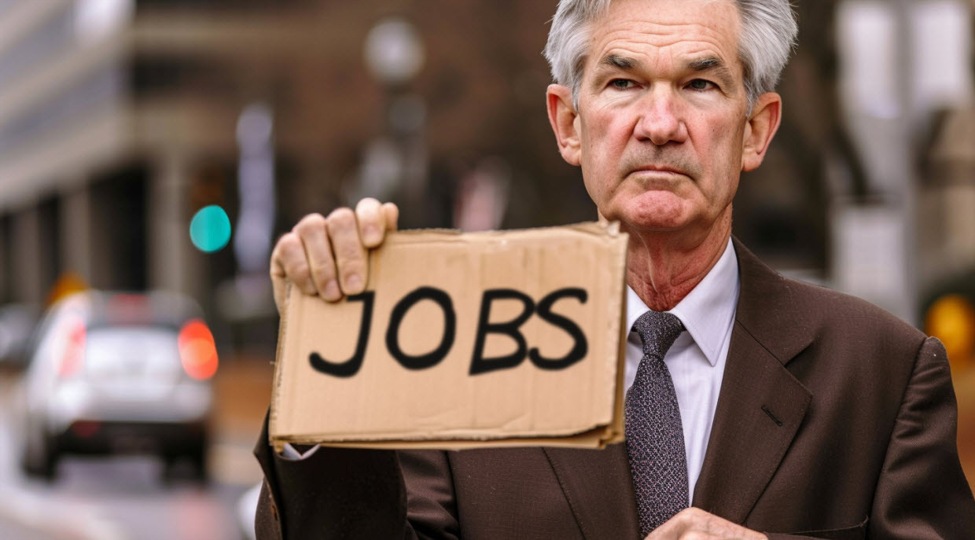- General business activity -14.5 vs -14.4 prior
- Output +4.8 vs -4.1 prior
- Prices paid +11.2 vs +21.1 prior
- New orders -5.3 vs -11.8 prior
- Shipments +5.0 vs -15.4 prior
- Employment -0.1 vs +1.5
Comments in the report:
Food manufacturing
- We continue to see a slight strengthening in demand for our
products. This demand, combined with the cost-saving initiatives that
we implemented when demand softened in 2022–23 alongside inflation
pressures on our core customers, has improved our outlook for the
remainder of 2024 and 2025. - We’re coming out of a seasonal low, and there seems to be a
slight uptick in demand, despite prices for raw materials (and finished
goods) increasing. - The geopolitical environment is volatile. The economy remains
stronger than anticipated, causing the Federal Reserve to delay
interest rate cuts. - Political instability and politicization have hampered growth. We are entering stagflation.
Textile product mills
- We have had a very strong quarter, particularly with our
direct-to-consumer business. Wholesale business (and overall
sentiment/mood from other wholesale vendors/partners/friends) is less
encouraging, and many are noting slow sales (our
wholesale/business-to-business is flat to slightly up). We feel great
about our short-term outlook but are still not sure about our long-term
outlook. Input prices are flat, and there is little change throughout
the business as it relates to costs, delivery times, etc.
Paper manufacturing
- There has been a decrease in new orders for three weeks now.
Currently, we think this will come around, but we get more concerned as
time goes on.
Printing and related support activities
- We continue to be very busy with incoming orders up hugely for
the first six months of our fiscal year compared with last year. We
can’t really explain it, and while many in our industry are slow or just
so, so busy, we are fortunate to have an abundance of work. We do hear
about some serious general slowness in the market and because of that
are very cautious about six months from now. We did just place an order
for a very large capital expenditure machine that upgrades our
existing line that was bought new in 1998. It will be installed in
October 2024, probably when we are slow.
Nonmetallic mineral product manufacturing
- Inflationary pressures on raw materials and construction costs
are driving up the cost of public projects. This is causing states to
delay or scramble for funding for projects that have long lead times.
Primary metal manufacturing
- A large portion of our business is related to building and
construction. Several of our customers build windows and doors for new
houses, and this market remains off. Remodeling remains off as well,
with both [areas of slowdown] tied to interest rates and the cost of
new homes. Another negative factor is the significant increase in
imports from 15 countries that are dumping product into the U.S.
Countervailing duties and tariffs are pending, but if they are not high
enough to stop imports, our industry will continue to lose jobs, and
plants will be shut down. - Legacy business has declined over the past year, and we do not
see it returning anytime soon. Our company has taken a strategy to
diversify our processes to allow new markets and products. This is
possible through increased capital expenditure. - Fewer governmental regulations would lower our cost of doing
business. An example is the 332 report, which we must fill out for the
U.S. government; it has no value for us, just expense.
Fabricated metal product manufacturing
- Annual merit-based pay increases for production employees take
effect in April each year, which explains the wages increase. Demand is
down versus the prior year but is holding steady. Several large
capital projects are expected to be completed and invoices received in
fourth quarter 2024.
Machinery manufacturing
- Business is in a state of flux. The elections I believe are
affecting business decisions, and we expect this to continue for the
foreseeable future. - Business is extremely slow, and we see no signs of improvement.
We think it will stay slow until after the presidential election, after
which, we will either have four more years of slow business or an
improving economy. - I keep thinking we’ll hit bottom and either level out or turn up,
but we keep pushing those hopes out a month, and another month, and
another. Forecasting and predicting have become rather challenging.
We’ve got a few small jobs here and there, but nothing significant and
nothing sustainable. It could wind up being a long, hot, slow summer
for our operation.
Computer and electronic product manufacturing
- We are close to an inflection point of a cyclical bottom.
Customers have been reducing inventory over the last several quarters,
which looks to be coming to an end in most markets. - Business has not been this slow since COVID, and I’m worried. A
lot of competitors have been purchased by venture capitalists, and it
is changing the way bids come out. We cannot compete in this changed
industry. Being women-owned and a DBE [Disadvantaged Business
Enterprise] is not helping. - Industrial manufacturing is showing signs of positivity due to
the possibility of an interest rate decrease. Please do it.
Manufacturing is really hurting. - Customer orders have dropped. The indication is the economy is
hurting spending in our area specifically. Customer uncertainty is
worsening. - Business is generally good, but we’re starting to see more
customer resistance to prices. Our costs have increased dramatically
over the last two years, and we have customers asking to hold prices to
last year’s level, which we just can’t do. We continue to make capital
investments to improve productivity and reduce unit labor cost.
Transportation equipment manufacturing
- The business and political environment is terrible.
Furniture and related product manufacturing
- Consumer confidence for consumer goods has noticeably worsened.
This article was written by Adam Button at www.forexlive.com.
Source link




